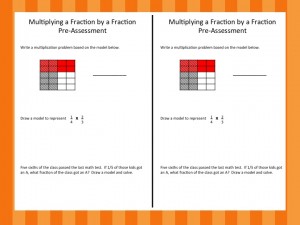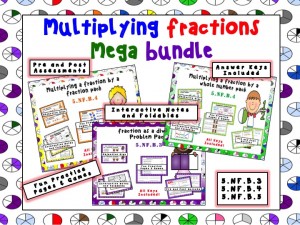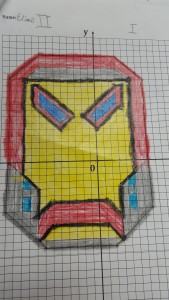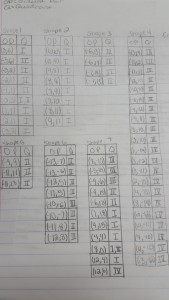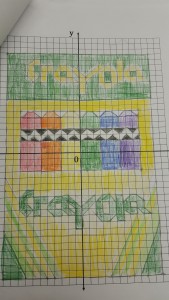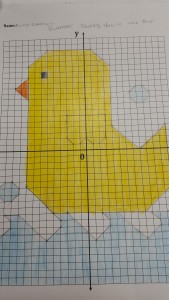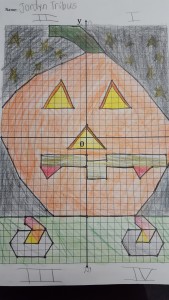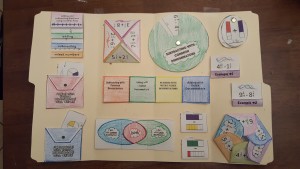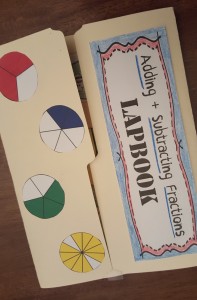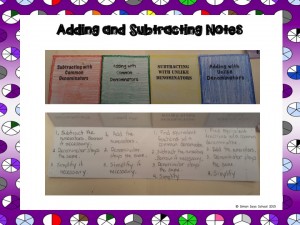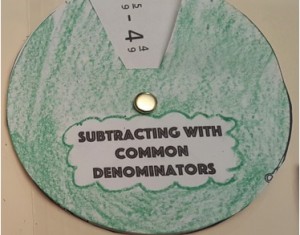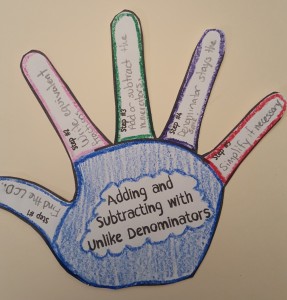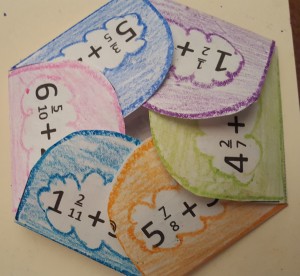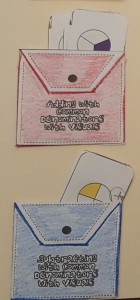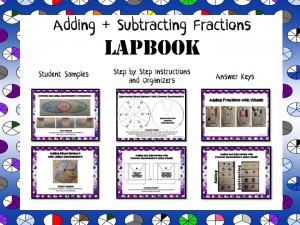Wouldn’t it be nice if the students who walked through our doors came prepared with all the content knowledge from previous years they were supposed to have? If this were the case, teaching would be a lot easier.
At times our job as teachers can feel extremely overwhelming, if not impossible. How in the world can we possibly be expected to teach 25 to 35 students at different levels and abilities? I asked this same question to myself over and over again during my first years as a teacher. I had implemented a variety of differentiation strategies just like they taught me in my undergraduate program like leveled readers, centers, and literature circles. However, I still didn’t feel like it was doing enough.
I then started doing research and discovered the world of learning menus and choice boards. Choice boards are an amazing graphic organizer that enables students to choose how they will learn or show their understanding of a concept or topic.
Here is a list of 10 reasons why choice board are a great tool for any classroom.
- Effective and Easy
Choice boards are by the far the most effective and easy ways to differentiate that I have found. There are so many wonderful resources available to help teachers plan meaningful activities to learn and showcase their learning like HERE.
- All Content Areas
What other resource can you use to differentiate across all content areas? I have integrated these boards for units on space exploration, the Oregon Trail, measurement, and even as an alternative to standard reading logs. No matter what you are teaching, you can create a choice board to match.
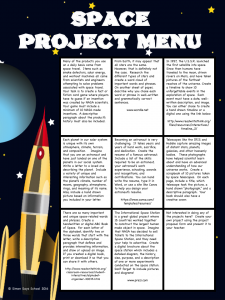
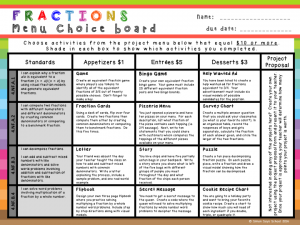
- Empowers Students
Choice boards are an amazing tool that empowers students through choice. Students are able to take ownership of their own learning because they had the opportunity and freedom to choose which activities to showcase their understanding of the content or topic being covered. I always put in a “Your Choice” option for students. This way if they have the freedom and flexibility to create their own activity if none of the options appeal to them. Before students can begin on the activity they created, they must complete a project proposal graphic organizer to help them plan out their activity. Students then must present their proposal to me for approval. This way I can help them polish their idea or get them on the right track if they are completely off base.
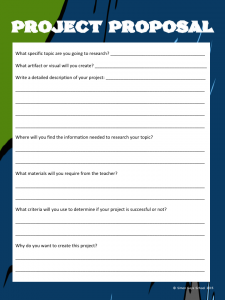
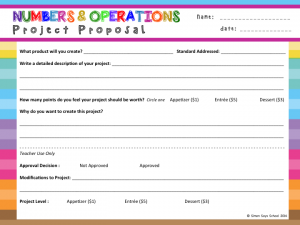
- Highly Personalized
Based on the interest, learning preferences, and readiness of my students, I can create personalized menus that include activities at the DOK levels and learning styles that meet my students’ needs. This is extremely powerful because I have the power to
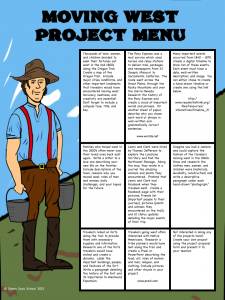
- Instant Engagement
According to Morzano, one of the most effective ways to engage students is to give them choice. Students will find more meaning and will be more focused if they are given the flexibility and freedom to choose how they learn.
- Content, Process, and Application
Choice boards can be integrated into the content, process, or application portion of any lesson. The content can be differentiated through accelerated, remediated, or enriched content
- Time Flexibility
Depending on the amount of time that is available, choice boards can be used for a single lesson, a whole unit, or even as a homework assignment. I loved using choice board as apart of my Weekly 5 reading centers (my way of adapting The Daily 5). There were choice boards for the writing, vocabulary, and word work centers. For each center, student had one day to complete one of the activities on the menu. Other menus I have created, students have had an entire month to complete it like my Independent Choice Board Project I created to replace reading logs.
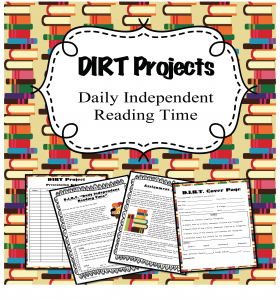
- Set High Expectations
Students can help create the choice board and/or scoring rubric with their teachers so that they are active participants in their own learning and can set high but attainable expectations for themselves. This definitely helps students develop their metacognition, which is extremely important
- Many Types of Choice Boards
Teachers can choose from many different choice board formats like learning menus, tic tac toe, 2-5-8, baseball, and many more. Click HERE to find dozens of examples.
- Scoring Rubrics
These menus can be evaluated using scoring rubrics that can be applied to every project imaginable. I created my own activity and presentation rubrics for the and pretty much use them for everything. You can also give students more ownership by asking them to create the rubric together as a class.
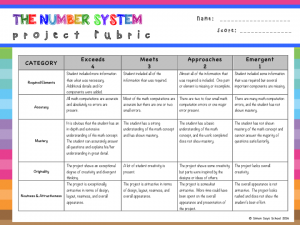
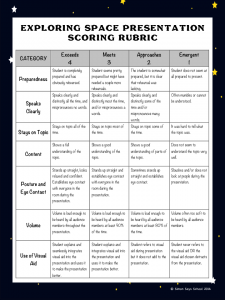
There is no doubt that integrating choice board project into my classroom has been a huge game changer. All students, especially gifted and reluctant learners, have benefited because they have developed a greater sense of ownership, the ability to work at their own pace, and the freedom to choose or design activities based on their own interests and readiness.
Now that I am the gifted and talented resource teacher at my school, I collect choice boards across all grade levels and subject areas. This way if teachers come to me for help, I can pull out a surefire way to meet the needs of all the students in their classrooms that is both effective and easy to implement.


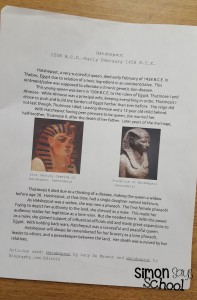
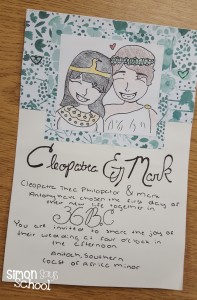
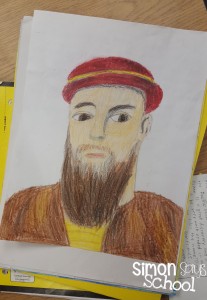
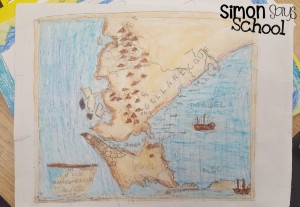
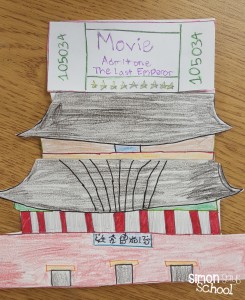
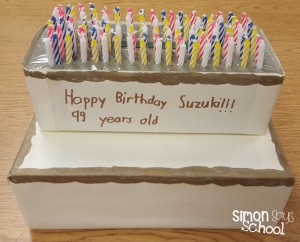
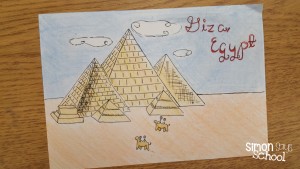
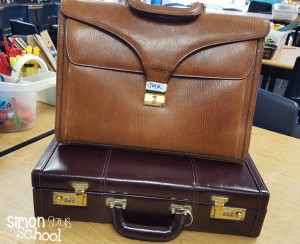
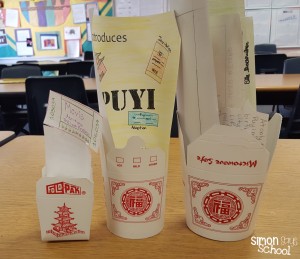
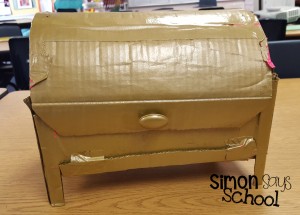
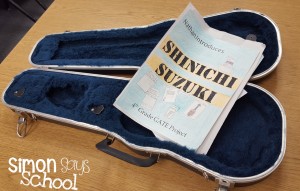
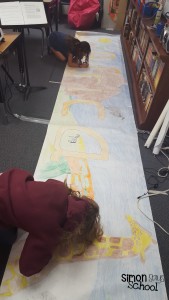
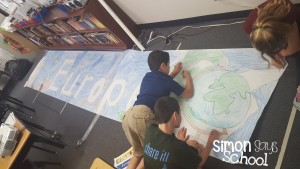
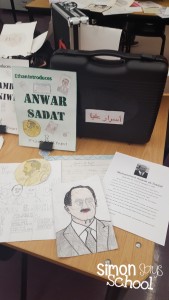

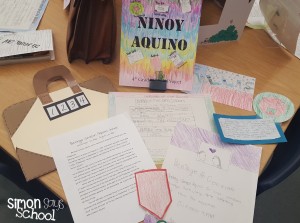
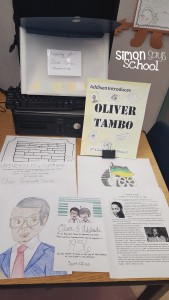
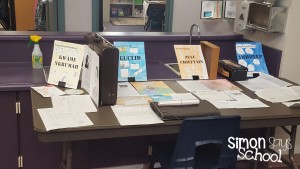
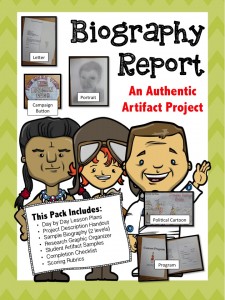
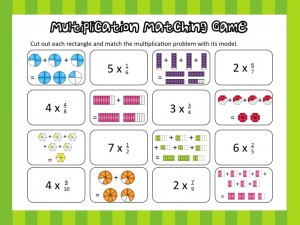
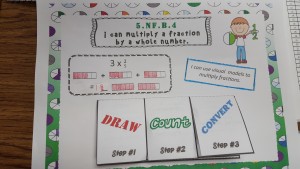
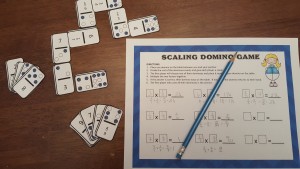 Each unit includes
Each unit includes